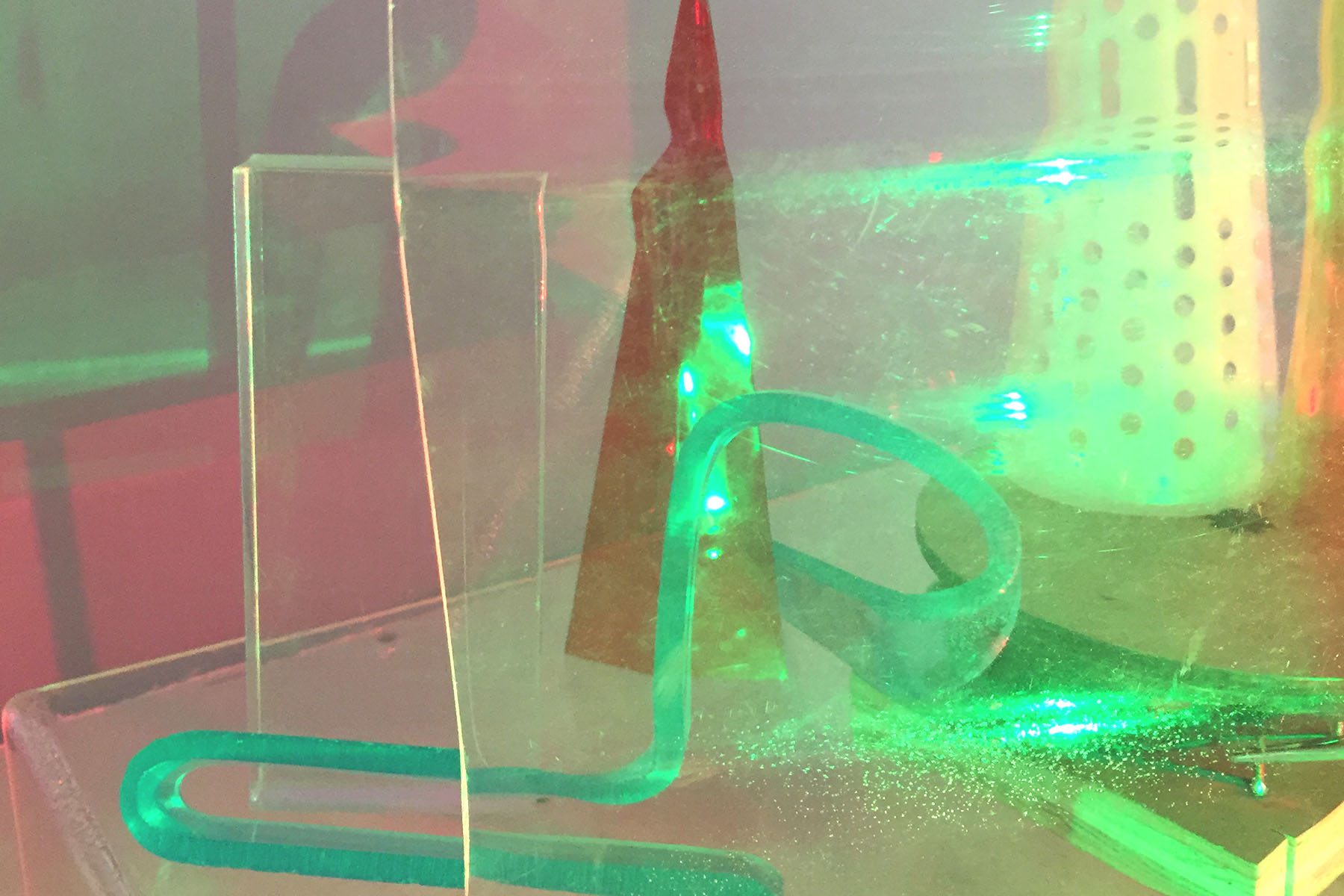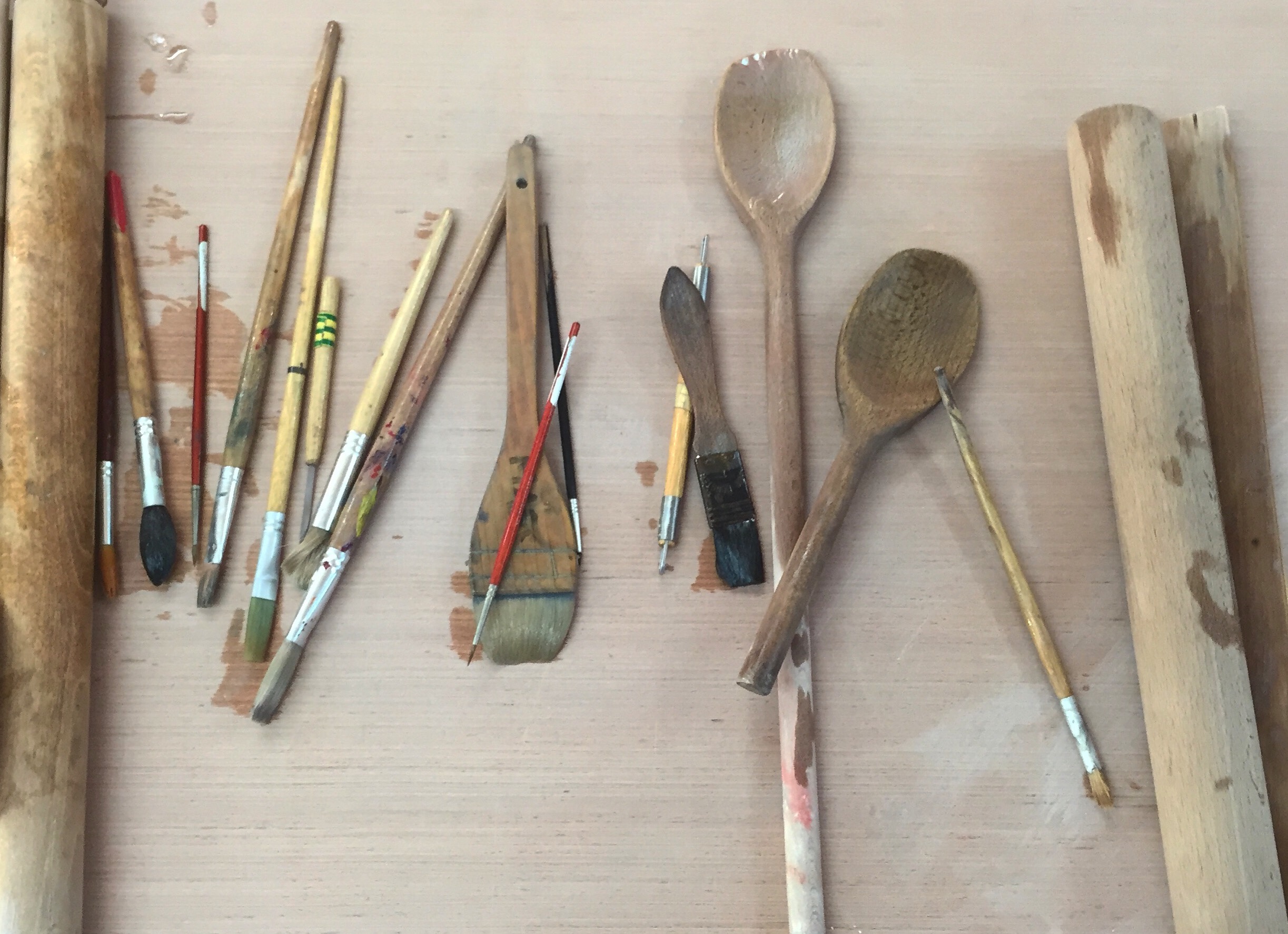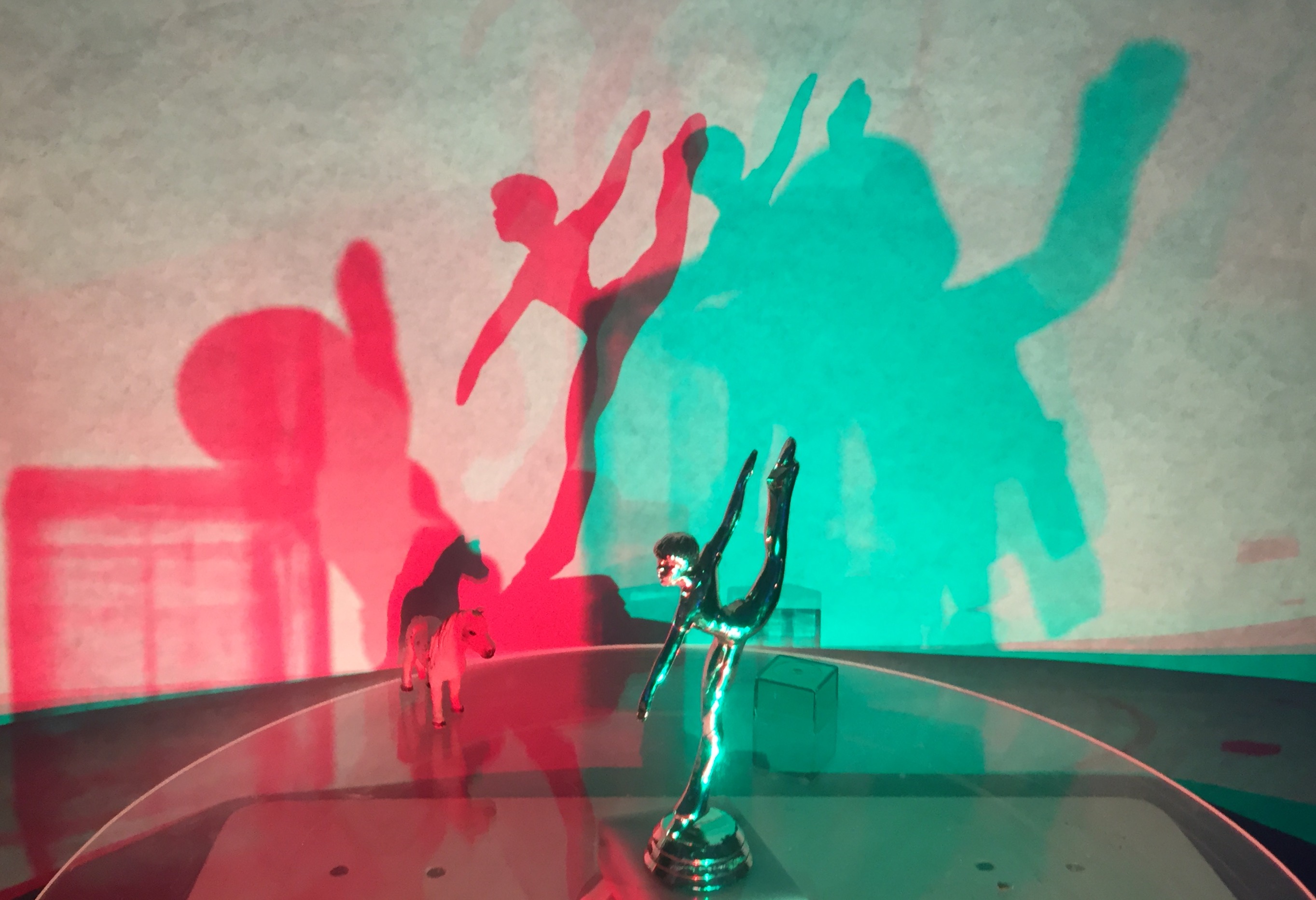I talk a lot about the importance of creativity and materials in children’s learning on this website. Most of the posts I have previously written have been aimed at teachers and creative professionals working with children. However, parents also play an important role in supporting children’s learning. To be honest, nearly every parent I have met has been incredibly interested in hearing about what they can do to help to support their child’s creativity. So, I have decided to start writing some posts especially for parents. Kicking off with this one. I have put together five hot tips for supporting children’s creativity with materials. These ideas build on a podcast I recently did for ‘Rial Talk .In the podcast I talk about the importance of art and children’s play with materials in education. More specifically, I argue that both art and materials play a critical role in encouraging creativity as they…
The importance of woodwork in the early years
This post features a review of Peter Moorhouse’s book ‘Learning Through Woodwork’ – a wonderful publication for practitioners that outlines the importance of woodwork in the early years. Image credit: Peter Moorhouse Back when I was attending kindergarten, in early 1990’s regional Australia, the only cross-cuts saws and drills in use were imaginary ones that I would get out to cut off the boys’ arms. A lot has changed since those days and woodwork – as a creative activity for children to learn – has witnessed an exciting resurgence in preschools around the world. Peter Moorhouse’s recent book‘Learning Through Woodwork: Introducing Creative Woodwork in the Early Years’is a fantastic practical guide for teachers and practitioners working in early years’ settings. Peter is a real-life, professional sculptor who also has 25 years’ experience working as an art educator in schools and kindergartens. In this book, he shares his expert knowledge and tips…
Ivan Illich on tools that support conviviality
In 1973 Ivan Illich, a Catholic priest and Professor at Penn State University, published his famous text, Tools for Conviviality. In the book, he argued for people’s need to take control of the tools and processes of production that shaped their lives. Illich believed that people’s ability to participate in these processes would allow them to live more meaningful lives. Read on to learn more about the key ideas explored in Tools for Conviviality. What did Illich see as society’s primary problem? Illich believed that the advancement in mechanical, mass and industrial production had removed a person’s free use of their natural abilities. This development had also come at the expense of an individual’s capacity to connect with themselves and others, leading to the deterioration of the fabric of community. Illich argued that people do not just need the ability to obtain things, they also need the ability to make the…
5 great children’s spaces in the Bay Area, California
I was fortunate enough to recently spend a month in California, mainly in and around San Francisco. During this time I visited a handful of children’s learning spaces and met with a bunch of lovely, passionate people working in both formal and informal learning contexts. The places listed below are places that I visited or that came highly recommended. I hope you find these equally as inspiring as I did! The Brightworks School Founded by Gever Tulley who also started The Tinkering School, Brightworks is a project-based learning heaven that ‘weaves learning and life experiences together.’ In the every day runnings of the school, children are put into mixed-aged group teams and encouraged to investigate real-world problems collectively. ‘The Arc’ (I interpret this term to mean the pedagogical principles that drive the learning processes at the school) consists of three phases: exploration, expression and exposition. Learners move through these cycles, allowing for…
The Tinkering Studio at the Exploratorium in San Francisco, USA.
This post features a reflection on my visit to the Tinkering Studio at The Exploratorium in San Francisco, USA with a focus upon what art galleries can learn from the Studio’s approach to constructing immersive creative environments for children based on experiential learning and play. In August 2015 I participated in a ScratchJr/Light Play prototyping session between the MIT Media Lab’s Lifelong Kindergarten group and the Tinkering Studio team at The Exploratorium. The Tinkering Studio, which opened in 2008, is a research and design laboratory housed inside the Exploratorium, a museum devoted to the intersection of art, science and technology. The Studio is an “immersive, active, creative place” [2] for experimentation, investigation, making and hands-on play for all ages. Scientists, artists, programmers and academics frequently take up residence in the studio, working alongside the Tinkering Studio team to create new installations, run programmes and run public forums. I have closely followed the progression of the Tinkering Studio’s programme for…






